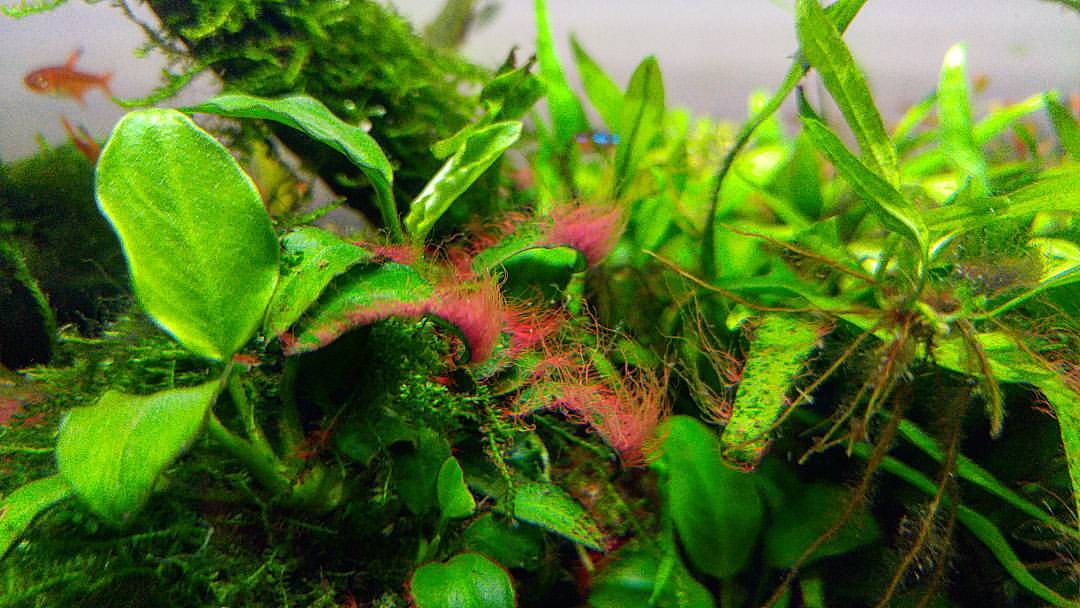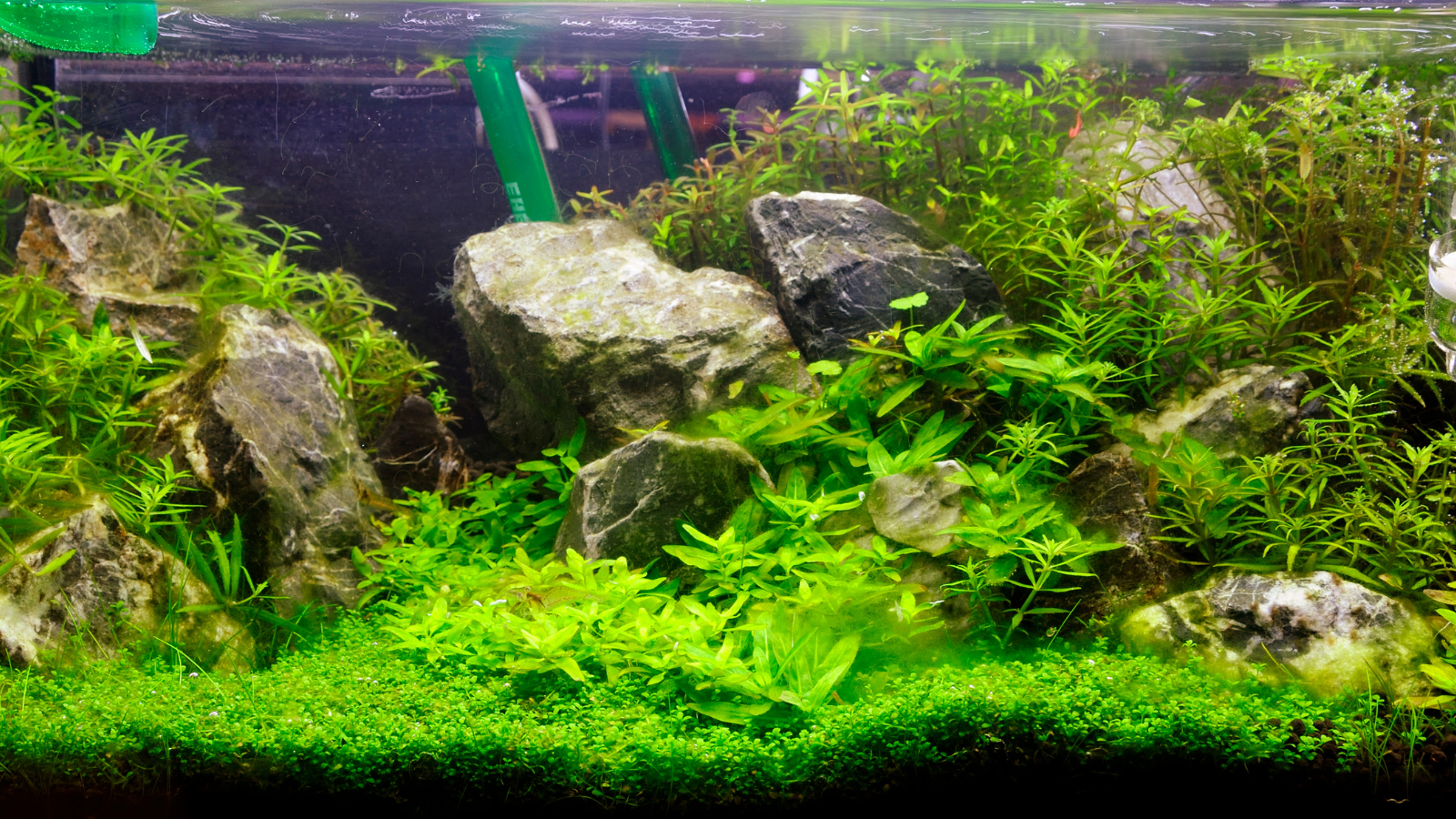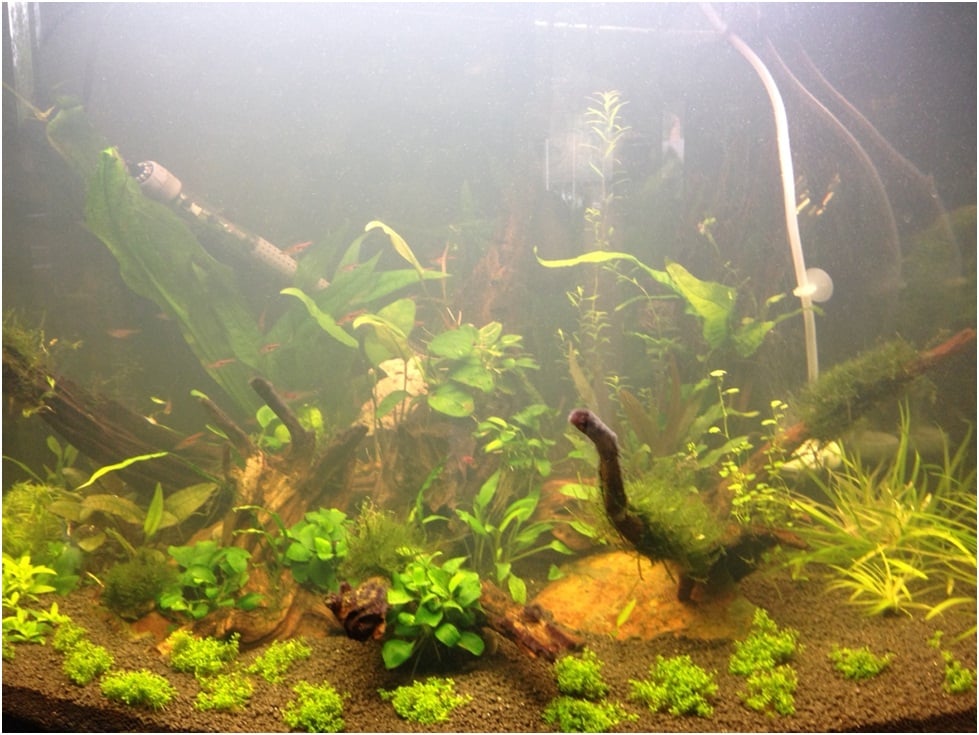
Its one of the most irritating problems anyone with an aquarium encounters. It comes in many forms and colours and it even has many different causes or sources.
Algae


Now before we start talking about how bad algae is, lets first acknowledge the fact that algae is a staple food for many of our aquarium fish in the wild. Fish often graze upon algae in the hunt for tiny organisms or crustaceans living within the algae that grows on rocks and stones. Malawi cichlids live almost exclusively on the algae that covers the rocks in lake Malawi. Shrimps and some sucker mouth catfish graze continuously on algae too.
However, if do get algae in your aquarium, and you did not invite it then you need to find the reason that algae has crept into your beloved aquarium.
However, if do get algae in your aquarium, and you did not invite it then you need to find the reason that algae has crept into your beloved aquarium.
There are several methods for removing algae but before you even try and remove your algae, it is more important to identify the reason algae has managed to gain a foothold.
Focussing on an aquascaped aquarium, we all know just how much algae can really spoil the look of a nice planted tank. All the time and attention to detail that has gone into planning a nice aquascape can quickly be swamped by ugly slimy algae if its not dealt with in a quick and efficient manor.
Focussing on an aquascaped aquarium, we all know just how much algae can really spoil the look of a nice planted tank. All the time and attention to detail that has gone into planning a nice aquascape can quickly be swamped by ugly slimy algae if its not dealt with in a quick and efficient manor.
Beating an algae invasion can be done in five steps.

Step one - Identify which type of algae
Knowing which algae your dealing with will determine how you treat it. You can identify algae my paying close attention to the colour and texture. With a bit of researching you should easily be able to name your intruder.
Step two - Identify cause
Algae doesn't just appear in your aquarium for no reason, almost all causes of algae can be attributed to either a mistake or slight oversight by the aquarist.
- Is your lighting set correctly? Ofter too much or too little light can cause algae to gain a foothold in any aquarium.
- Check your CO2 Kit. Is it empty, blocked or leaking? Fluctuations in CO2 injections create imbalance.
- Are you feeding your plants enough fertiliser?
The more light provided directly effects the amount of Co2 your plants can consume. The more Co2 your plants consume increases the amount of fertilisers they require in order to grow correctly.
Step three - Correct the problem
Once you correctly identify the primary cause of your algae make the necessary changes to correct the problem and prevent further outbreaks
Step four - Remove your correctly identified algae
When you know which type of algae your dealing with, you can remove it correctly using the recommended method. Some algae requires a simple scape away while others can require being spot treated by products. With some algae, simply correcting the problem and maintaining good tank maintenance is enough. This is why following the above steps will help resolve your problem quickly and with less chance of a relapse.
Step Five - Maintain a good housekeeping routine
Ultimately, the best method of beating algae of any kind is to avoid it. If you choose to create an aquascape in your home or office, it is a very practical idea to come up with a weekly routine. Some aquascapers write down their routine, especially if they are maintaining several tanks. Each tank having a different routine based on their requirements.
Image credit: Art Commisso
These five steps will help you beat your algae invaders but like everything else, there are many variables. To effectively remove some algae species you may have to attempt several methods of removal.
Have you recently experienced an algae bloom? Do you have a preferred method of removal? Why not leave a comment below.
These five steps will help you beat your algae invaders but like everything else, there are many variables. To effectively remove some algae species you may have to attempt several methods of removal.
Have you recently experienced an algae bloom? Do you have a preferred method of removal? Why not leave a comment below.



